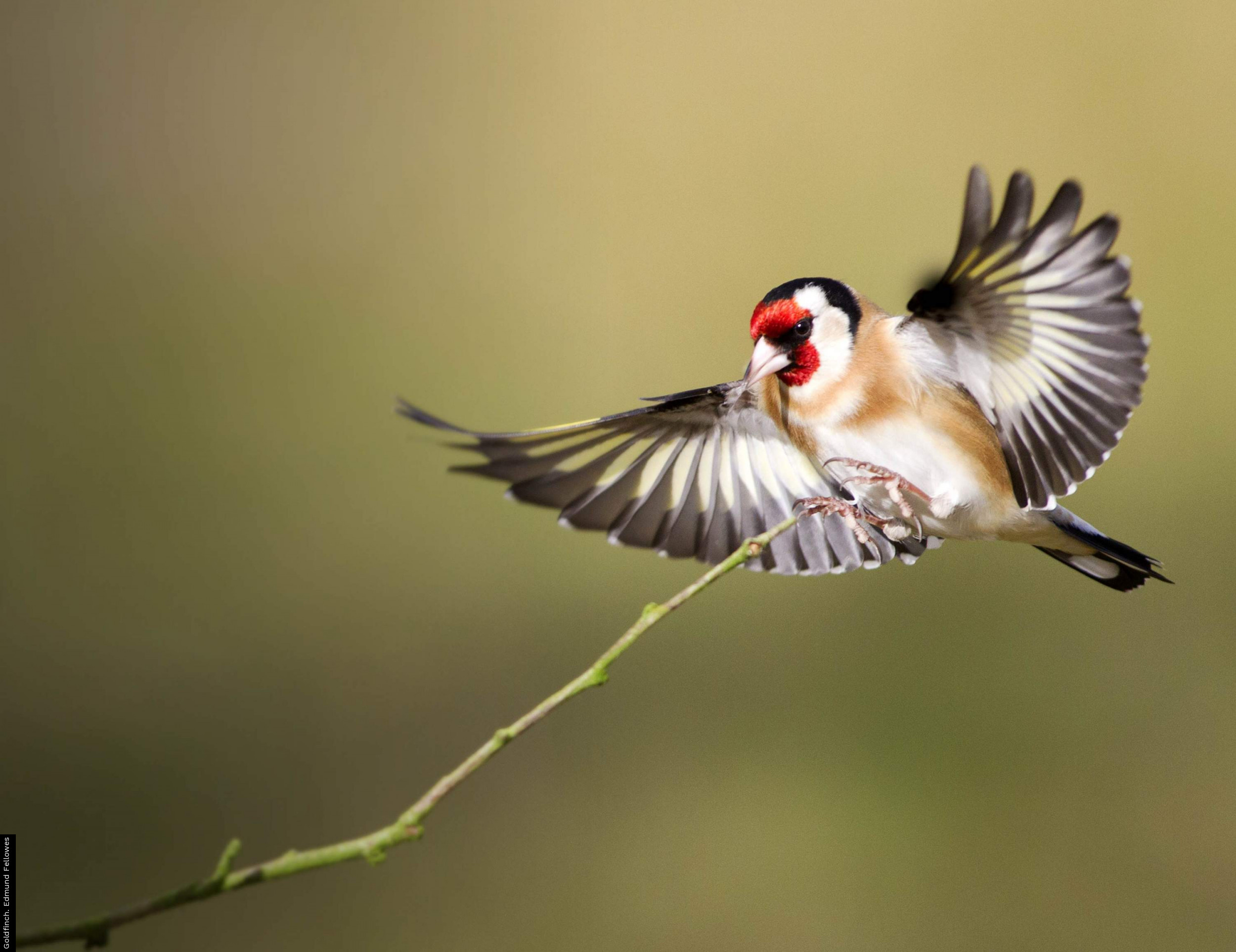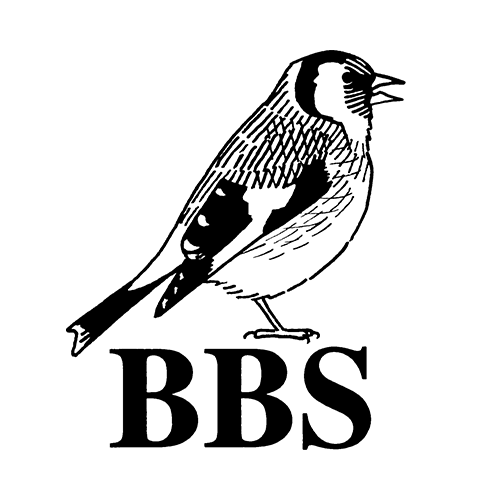Mammal recording
Mammal recording was introduced to the BBS in 1995 with a view to help improve our knowledge of the distribution and population trends of some of our commoner mammals.
Although the main aim of the BBS is to record birds and habitats, it would be useful if you could also record sightings or signs of mammals on your BBS square, as these are used to produce mammal population trends.
While carrying out your bird surveys, please count all live mammals seen during your Early and Late BBS visits, and make notes of any signs of mammals. Any estimate of the numbers of a particular species on your survey visits (no matter how rough), is more useful than recording ‘too many to count’, ‘present’. You can note down mammal records on your Field Recording Sheets alongside your bird records, in the transect section they or their signs are observed in. There is no need to make special visits to count mammals, nor to record them in distance bands. The main species of interest are the easily-observable mammals listed below. There is no need to make a special effort to look for small mammals, bats, etc.
Did you look out for mammals?
Recording mammals is optional. Please enter ‘Y’ if you looked out for mammals/signs (even if you saw none - this is still valuable information) , or enter ‘N’ if you did not participate in mammal recording (i.e. indicating that you may have seen mammals or signs that you did not record).
Visit and section
If you are submitting your data on paper, the
Mammal Summary Sheet
If you are submitting data online, mammal records can be taken straight from your Field Recording Sheets and entered online, alongside the bird records, in the relevant transect sections and visit.
Species codes
Please enter the following species codes on your
Mammal Summary Sheet
| 01 - Brown Hare | 08 - Roe Deer | 16 - Stoat |
| 02 - Mountain Hare | 09 - Fallow Deer | 17 - Weasel |
| 03 - Rabbit | 10 - Muntjac | 43 - Water Vole |
| 04 - Red Squirrel | 11 - Hedgehog | 57 - Mink |
| 05 - Grey Squirrel | 13 - Mole | 58 - Otter |
| 06 - Fox | 14 - Brown Rat | 61 - Domestic Cat |
| 07 - Red Deer | 15 - Badger |
For other species, enter the name but leave the code blank.
Presence codes
Please indicate the method(s) by which the species was recorded, using one or more (up to all five) of the following codes:
Counts should always made when using code C, and only when using code C. Do not count dead animals, field signs, or of live animals seen on additional visits to your square. Do not use code S for live animals seen while carrying out your BBS visits (since these should always be counted).
Submitting your mammal data
Submit your counts online, or via the
Mammal Summary Sheet
• The paper summary sheet covers both your Early and Late visits, and additional visits.
• Please remember to enter ‘Y’ if you looked out for mammals, or enter ‘N’ if you did not participate in mammal recording. If you actively looked, but saw no mammals/signs, please remember to enter 'Y' in the 'Did you look out for mammals?' section.
• For observations made on additional visits to your square, enter the records on the first section of either core visit.











Share this page